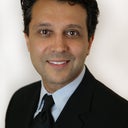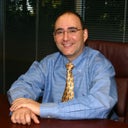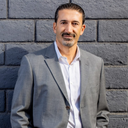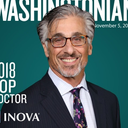There are basically several types of midface lifts / cheeklifts. Each does a different thing. The cheek is the trickiest area on the face, and if incorrectly done, they can be a disaster. However, the aesthetic rewards are enormous in that the cheeklift is a powerful tool.

















